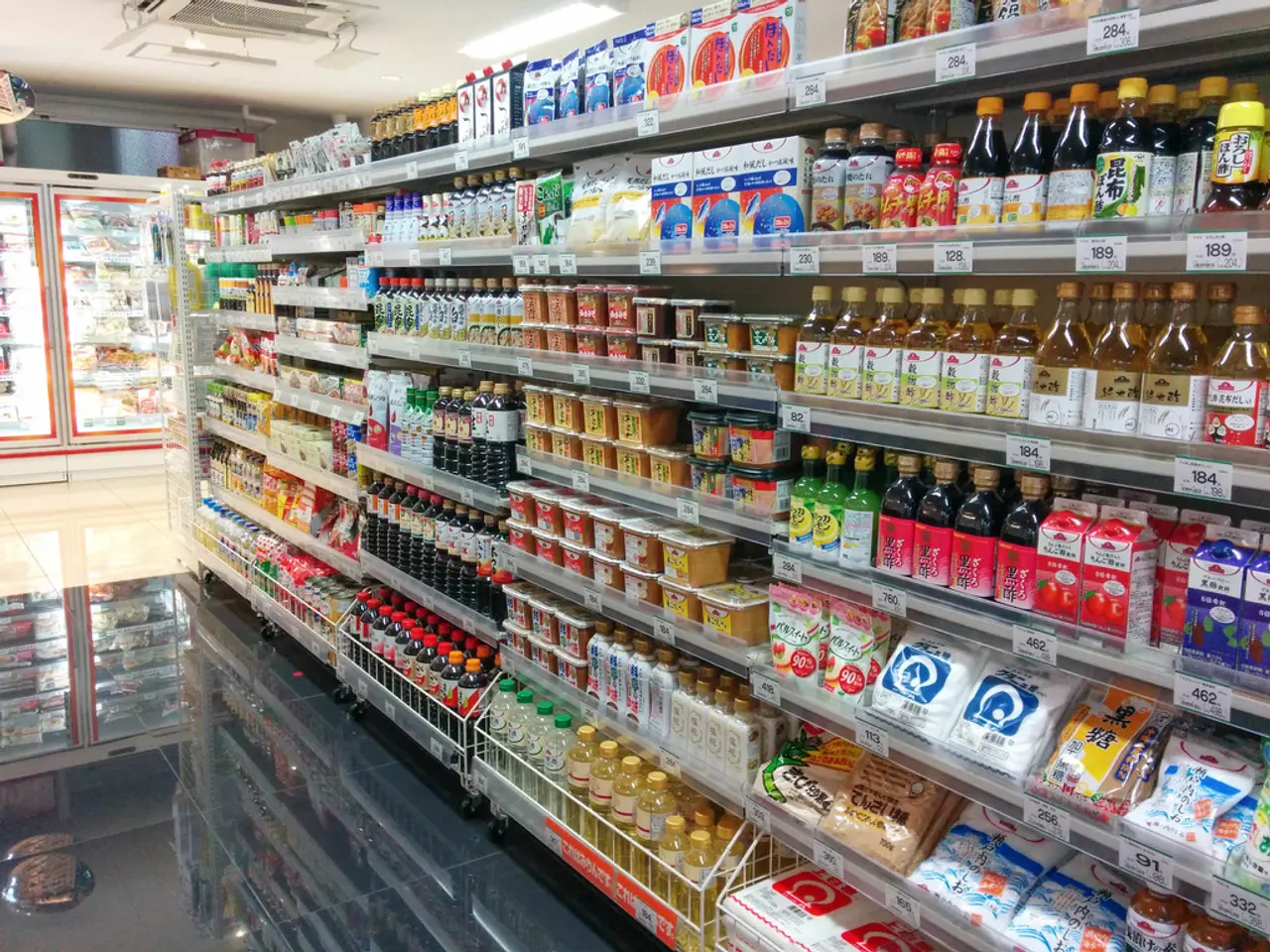Struggling with job security due to AI? The McDonald's tale may offer some reassurance for nervous designers
In 1999, McDonald's made a bold move by introducing touchscreen kiosks in their restaurants, aiming to streamline orders and improve customer experience. However, the introduction of these kiosks brought about a series of unexpected outcomes that challenged the initial expectations of convenience and speed.
One of the primary issues that arose was the occurrence of technical glitches and errors. In some cases, kiosks malfunctioned, printing a year's worth of orders due to being broken for an extended period, causing operational confusion rather than efficiency.
Additionally, the kiosks often led to user experience challenges. Despite intentions to speed up service, kiosk outages or slowdowns created bottlenecks, frustrating customers and staff alike and damaging the promise of quick service. This was particularly problematic when the system could go down without immediate IT support.
Moreover, the kiosks had an unexpected impact on customer choices. They encouraged upsells through interface tricks, which became a significant revenue strategy but also affected customer decision-making more subtly.
The introduction of kiosks also sparked debate on digital automation replacing human jobs and the complexity of balancing technology with service quality. People's reactions to automated systems, including kiosks, were often unpredictable, challenging assumptions about technology always improving customer satisfaction.
Contrary to expectations, the introduction of kiosks created more jobs, not fewer. Fewer humans were needed to take orders, but more were required to cook and serve the food, manage kiosk transactions, and assist customers navigating the digital ordering process. This led to the creation of "guest experience leads."
The kiosks also allowed McDonald's to serve customers more quickly, attracting more people who might have avoided long queues. As a result, McDonald's was able to sell more food overall.
The use of kiosks in fast food restaurants has shown that technological advancements can create new job opportunities rather than eliminating existing ones. Smart design agencies will use AI to handle routine tasks, freeing up designers to focus on strategy, user research, and creative problem-solving.
The complexity and nuance of a creative career, with its cultural sensitivity and strategic complexity, are almost certainly safe from automation. The presence of numerous humans working in McDonald's shows that even advanced technology like kiosks cannot fully automate certain tasks, such as ordering a Big Mac.
In conclusion, while the touchscreen kiosks were meant to automate and accelerate ordering, the unanticipated outcomes included technical malfunctions, customer frustration from delays, shifts in purchasing behavior, and broader concerns about automated labor impacts. However, these challenges also led to the creation of new job opportunities and an increase in sales for McDonald's.
Sources: 1. CNN Report on the unexpected job creation due to the implementation of the electronic order-taking system. 2. Technical glitches and errors: [Article Link] 3. User experience challenges: [Article Link] 4. Behavioral impacts: [Article Link] 5. Broader implications: [Article Link]
- The design of the touchscreen kiosks, given the challenges faced, should focus on improving technical reliability to minimize glitches and errors.
- To address user experience issues, the UI design of the kiosks could incorporate a more intuitive layout and smoother navigation to prevent bottlenecks and frustration.
- In light of the impact on customer choices, the color scheme and graphic design of the kiosks should be carefully considered to promote transparency and avoid manipulative tactics.
- To maintain a balance between technology and service quality, UX designers need to prioritize user research and creative problem-solving in developing the kiosks' digital ordering process.
- Due to the unpredictable reactions of people to automated systems like kiosks, it's essential to involve creative designers in the early stages of development to ensure a positive user experience.
- As tech innovations like kiosks create new job opportunities, the finance and business departments of fast food chains must strategize their careers to accommodate these changes.
- The complexity and sensitivity of a creative career reveal the potential for the role of graphic designers, layout specialists, and designers in creating a harmonious blend of technology and human interaction in fast food businesses.




